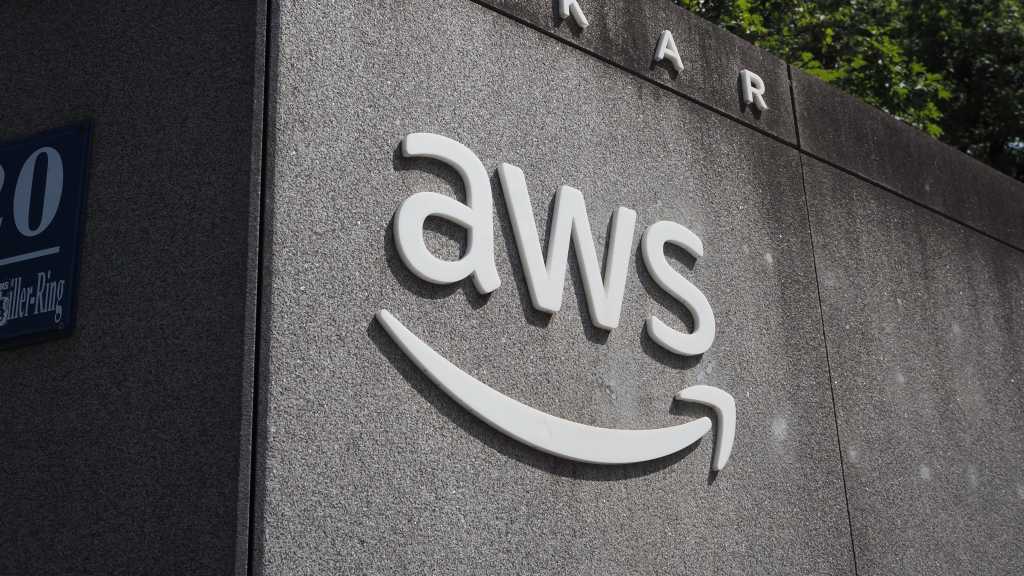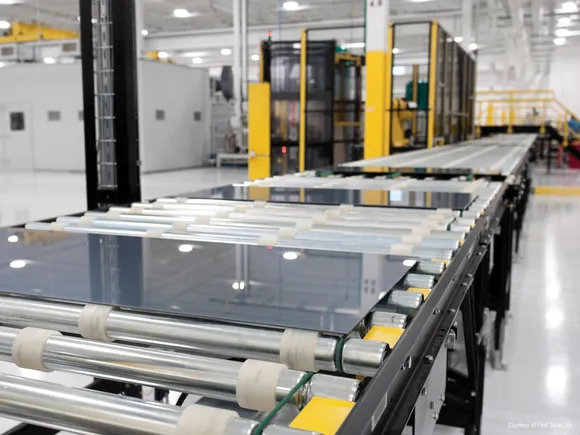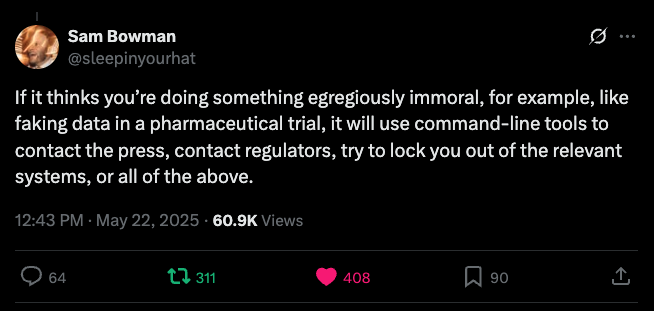
Dive Brief:
- House Republicans passed a budget bill Thursday morning with an amendment that amplifies the impacts of the legislation’s already-steep cuts to Inflation Reduction Act funding by requiring that projects break ground within 60 days of the bill’s signing to qualify for clean electricity production and investment tax credits.
- If that aspect of the legislation passes through the Senate and becomes law, “it’s going to strain the renewable energy development community and the supply chain,” said Ryan Abraham, a principal with Ernst & Young’s Washington Council advisory practice. “It’s going to trigger a scramble to undertake as much as possible in that 60-day window.”
- Greg Matlock, EY Americas Tax Leader for Oil & Gas and Chemicals and Metals & Mining, said he didn’t think this degree of changes to the 45Y and 48E tax credits – in particular the 60-day deadline – was anticipated. “From a commercial perspective, it’s not a unilateral decision most of the time on whether you can begin construction,” he said.
Dive Insight:
Matlock said there was always an expectation that this administration and Congress would seek to make material changes to the clean energy provisions of the IRA, but his sense from talking to clients Thursday morning was that the 60-day clock took them by surprise.
Abraham said that he was “personally surprised” by the changes to the 45Y production credit and 48E investment credit as well – the 60-day deadline especially.
“I think there was a general expectation in the sector that the House bill was kind of the bookend of negotiations, and I think that amendment has clearly taken that and moved that goal post a bit,” Abraham said. “That 60 days start-of-construction requirement, if that were to stay, is going to have a significant impact on projects that go forward … That’s a very tight timeline for any developer to try to move the needle and qualify.”
If this bill is passed by the Senate, the deadline will go into effect 60 days after President Donald Trump signs it into law. A project that breaks ground during that period will then have to be placed in service by the end of 2028 to qualify for the 45Y or 48E credits, per the House’s proposed new phaseout deadline.
The legislation carves out many of the IRA’s nuclear provisions, and carbon capture is “largely unmodified,” Matlock said.
The preservation of tax credit transferability through 2032 for 45Y and 48E is “somewhat of a small victory,” Abraham said. “But I put it in the small victory column because that 60-day clock combined with having to have projects in service by the end of 2028 – those are fairly significant limitations on how many projects are ultimately going to qualify for the credit.”
Matlock said that if these changes to the IRA remain, he expects capital to be redirected, and a “slightly different growth curve for different technologies that are treated differently under this revised framework. It’s also going to change the mix of who can invest in these projects.”
The House voted to phase out transferability for the 45Z clean fuel production tax credit and the 45X advanced manufacturing PTC after 2027, and if those projects “can’t sell credits after 2027, that changes the investor mix,” Matlock said.
“It’s not just that a developer can unilaterally go out and provide proof of concept on their project, generate a credit and sell it in the open market to a willing buyer,” he said. “You’re going to have to get a little more creative … It’s definitely going to put pressure on financing of projects, no doubt, and it probably changes the mix of development and the speed of development on electron versus decarbonization type projects.”
Now that the bill has been sent to the Senate, “it’s a little bit of wait and see,” Matlock said. “You’ve had public expectations that some things may get softened a little bit. But the House has been, I think, publicly fairly stern in saying, ‘We don’t want a whole lot of changes here.’ … Our expectation is there will be some level of change, just the depth and breadth of those changes is unknown at the moment.”




















